How to Prevent and Treat Split Ends | |
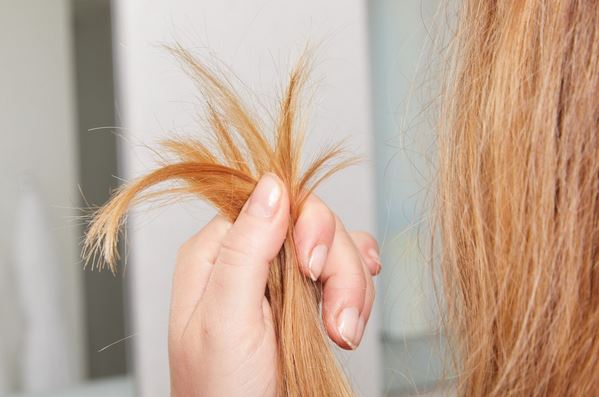
| |
Split ends can be a frustrating and common hair problem that many individuals face. They occur when the ends of the hair strands become damaged, frayed, and split into two or more sections. Split ends not only make your hair look dull and unhealthy but can also hinder hair growth and lead to further breakage. However, with proper care and attention, you can prevent and treat split ends effectively. In this article, we will explore some practical tips and techniques to help you maintain smooth, healthy, and split end-free hair. Understanding Split EndsWhat are split ends?Split ends, also known as trichoptilosis, are a result of damaged hair strands. They occur when the protective outer layer of the hair, called the cuticle, becomes weakened and starts to break down. This damage can be caused by various factors, including heat styling, chemical treatments, excessive brushing, and environmental stressors. Once the cuticle is compromised, the inner layers of the hair shaft become exposed, leading to splitting and fraying of the hair ends. Different types of split endsNot all split ends are the same. Understanding the different types can help you identify and address specific issues effectively. Some common types of split ends include:
Preventing Split EndsTrim your hair regularlyRegular hair trims are one of the best preventive measures against split ends. Trimming your hair every 6 to 8 weeks helps remove the damaged and split ends, preventing further splitting and breakage. Even if you're growing your hair, it's essential to maintain the health of the ends by trimming them regularly. Remember, a little trim can go a long way in maintaining the overall health and appearance of your hair. Be gentle with wet hairWet hair is more fragile and prone to damage. Avoid aggressive towel-drying or combing through wet hair, as this can cause unnecessary friction and lead to breakage. Instead, gently squeeze out excess water with a soft towel and use a wide-toothed comb or a detangling brush to remove any knots or tangles. Start from the ends and work your way up to minimize stress on the hair shaft. Protect your hair from heatExcessive heat styling is a major contributor to split ends. To prevent damage, limit the use of hot styling tools such as flat irons, curling irons, and blow dryers. If you must use heat, always apply a heat protectant spray or serum to create a barrier between your hair and the heat source. Additionally, use the lowest possible heat setting and avoid leaving the heat on one section of your hair for too long. Avoid over-brushingWhile brushing your hair is necessary to detangle and distribute natural oils, over-brushing can lead to damage and breakage. Avoid aggressive brushing, especially when your hair is wet or tangled. Opt for a wide-toothed comb or a brush with soft bristles to minimize stress on the hair shaft. Start detangling from the ends and gradually work your way up to prevent unnecessary pulling and snapping of the hair. Protect your hair from environmental stressorsEnvironmental factors such as sun exposure, pollution, and harsh weather conditions can contribute to hair damage and split ends. Protect your hair by wearing a hat or using a scarf when you're out in the sun. Consider using leave-in conditioners or hair serums that contain UV protection to shield your hair from harmful UV rays. Additionally, avoid excessive exposure to chlorinated water or saltwater, as they can strip the hair of its natural oils and cause dryness and damage. Treating Split EndsMoisturize your hairDryness is one of the leading causes of split ends. To treat and prevent further splitting, ensure that your hair is adequately moisturized. Use a hydrating shampoo and conditioner that are suitable for your hair type. Additionally, incorporate deep conditioning treatments or hair masks into your routine to provide intense moisture and nourishment to your hair. Focus on the ends of your hair and leave the conditioner or mask on for the recommended duration to allow the ingredients to penetrate and repair the damaged cuticles. Apply hair oilsHair oils can work wonders in treating split ends and restoring the health of your hair. Look for oils such as argan oil, jojoba oil, or coconut oil, which are known for their moisturizing and repairing properties. Apply a small amount of oil to the ends of your hair after washing or between washes to provide extra hydration and protection. Remember to avoid applying excessive amounts of oil, as it can weigh down your hair and make it appear greasy. Limit heat stylingTo allow your hair to recover from split ends, it's crucial to limit heat styling as much as possible. Embrace natural hairstyles or opt for heatless styling methods like braiding or air-drying. If you must use heat, apply a heat protectant and use the lowest heat setting that achieves your desired style. Give your hair regular breaks from heat styling to allow it to repair and rejuvenate. Use a wide-toothed combWhen detangling your hair, use a wide-toothed comb instead of a brush. Wide-toothed combs are gentler on the hair and cause less friction, reducing the risk of further damage and breakage. Start detangling from the ends and gradually work your way up, using patience and care. Apply a leave-in conditioner or detangling spray to facilitate the process and minimize tugging and pulling. Avoid harsh chemical treatmentsChemical treatments like perms, relaxers, and excessive hair coloring can weaken the hair and lead to split ends. If possible, avoid or limit these treatments to prevent further damage. If you must undergo chemical treatments, ensure that you follow proper aftercare procedures and use products specifically designed to repair and protect chemically treated hair. Frequently Asked Questions (FAQs)Q: Can split ends be repaired without cutting them off?A: Unfortunately, split ends cannot be fully repaired without trimming them off. Once the hair strand is split, the damage cannot be reversed. However, proper hair care practices and treatments can help prevent further splitting and breakage. Q: Are there any home remedies to treat split ends?A: While home remedies may not fully repair split ends, they can provide temporary relief and nourishment to the hair. Some popular home remedies include applying mayonnaise, avocado, or egg masks to the hair. These ingredients are known for their moisturizing properties and can help improve the appearance of split ends. Q: Can split ends lead to hair loss?A: Split ends themselves do not directly cause hair loss. However, if left untreated, split ends can travel up the hair shaft, causing further breakage and resulting in the appearance of thinner hair. Trimming split ends regularly can help prevent this issue. Q: Can split ends be prevented by using specific hair products?A: While no product can completely prevent split ends, using hair products formulated for damaged hair, such as leave-in conditioners, serums, and heat protectants, can help minimize damage and breakage. Look for products that contain moisturizing ingredients and avoid products that contain harsh chemicals or alcohol, as they can further dry out the hair. Q: Can dietary changes help prevent split ends?A: Maintaining a balanced diet and staying hydrated is essential for overall hair health. Eating a diet rich in vitamins, minerals, and proteins can support hair strength and resilience. However, while a healthy diet can improve hair condition, it cannot entirely prevent split ends caused by external factors. Q: How can I style my hair to conceal split ends?A: To temporarily conceal split ends, you can try different hairstyles that keep the ends hidden. Updos, braids, twists, and buns can effectively camouflage split ends. Additionally, using styling products like serums or hair oils can help smooth the appearance of split ends and add shine to your hair. ConclusionPreventing and treating split ends requires consistent care and attention to your hair. By following a hair care routine that includes regular trims, gentle handling, moisturizing, and minimizing heat styling, you can significantly reduce the occurrence of split ends and promote healthier-looking hair. Remember to listen to your hair's needs and adjust your hair care practices accordingly. With proper maintenance and a little extra care, you can enjoy smooth, vibrant, and split end-free hair. | |
| Category: Skin Care | |
| Total comments: 0 | |
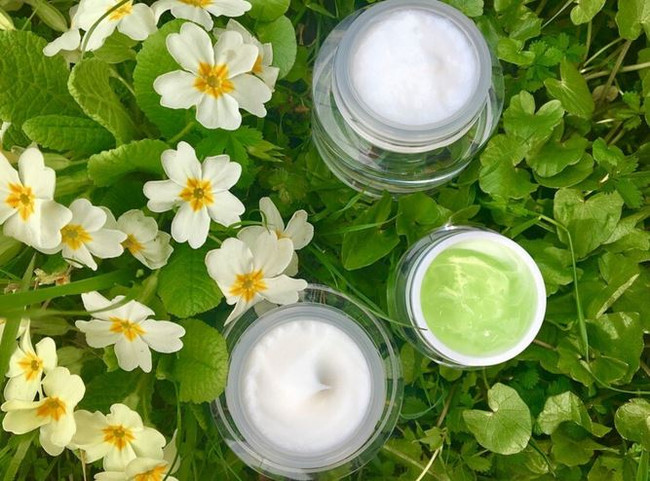 |
| The Benefits of Using Organic and Natural Makeup Products |
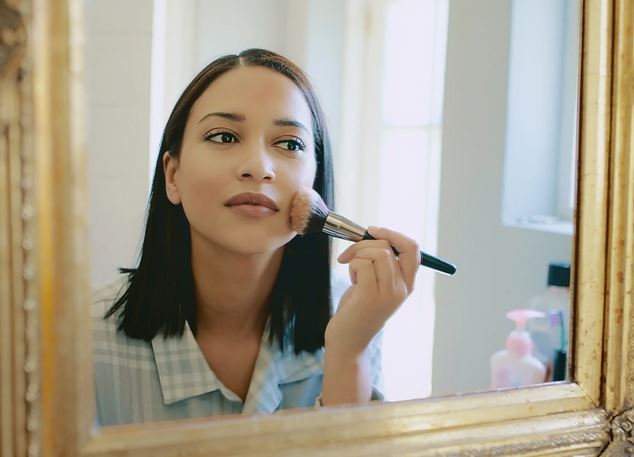 |
| The Best Foundations for Dry Skin |
 |
| The rise of gender-neutral and inclusive fashion |
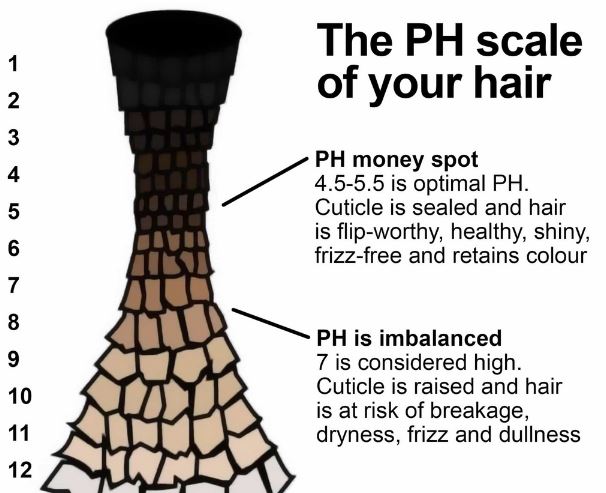 |
| The Science Behind Hair pH: Balancing Your Hair's Health |
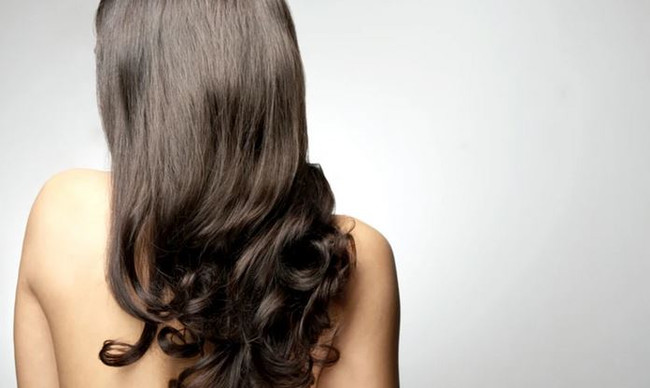 |
| Tips for maintaining healthy and lustrous hair |
 |
| 5 Makeup Tips for Glasses Wearers |
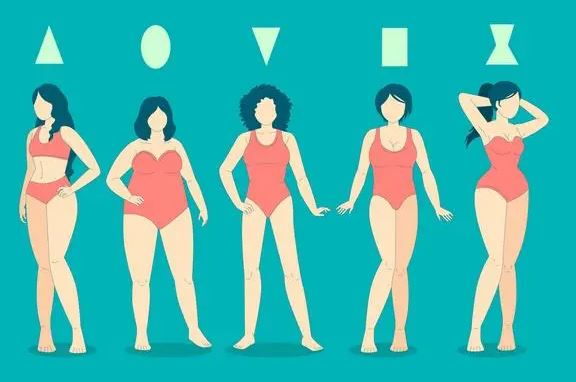 |
| Fashion tips for different body shapes and sizes |
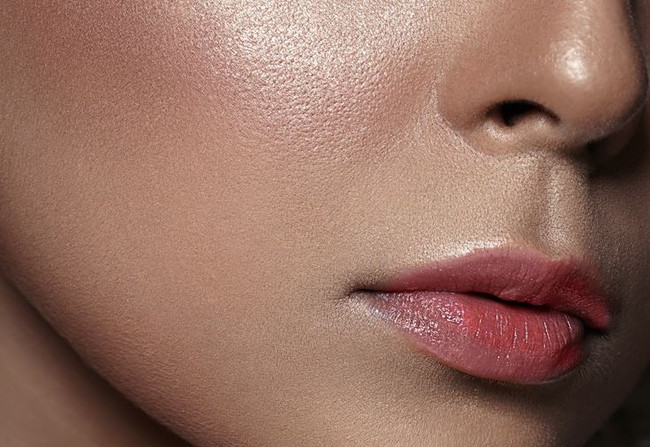 |
| The Ultimate Guide to Flawless Skin: Makeup Tips and Tricks |
 |
| How to incorporate vintage pieces into modern outfits |
